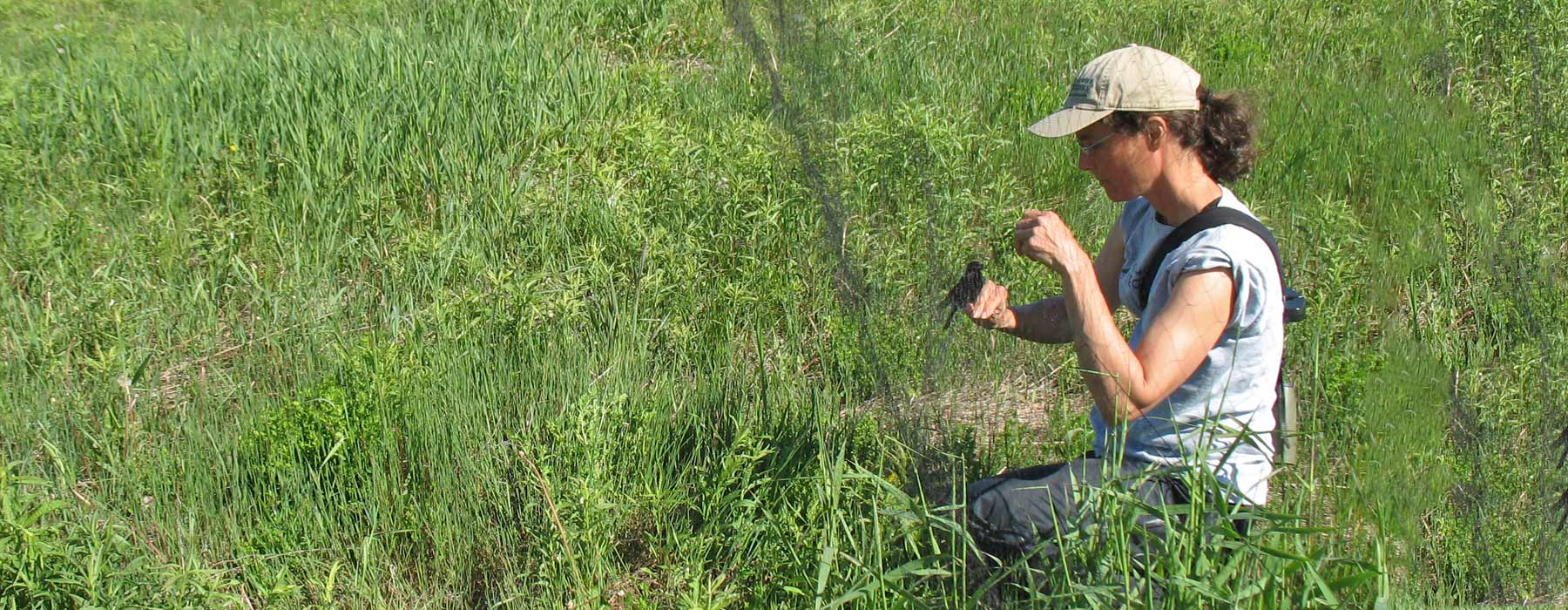
Grassland Birds
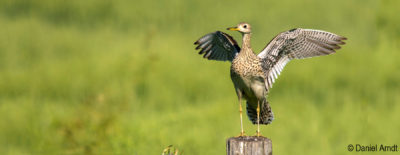
Upland Sandpiper
True to its name, the Upland Sandpiper strays from most of its shorebird relatives and breeds in upland grasslands. Like the Bobolink, it winters in South America. Its non-breeding ecology, including its migratory timing, routes, and stopovers, habitats used, and the threats this species faces outside of the breeding season, are poorly understood.
Learn more »
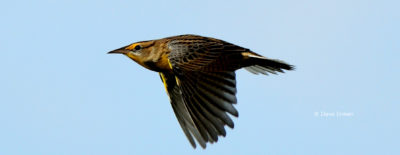
Eastern Meadowlark
The Eastern Meadowlark is a striking grassland bird with a yellow breast. Often observed perched on barbed wire and fence posts, the male Eastern Meadowlark conspicuously sings a series of descending slurred whistles. The Eastern Meadowlark greatly benefited from land clearing in the Northeast, but the New England/Mid-Atlantic population has declined by over 95% during the last 50 years.
Learn more »
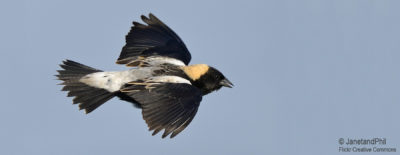
Bobolink
The Bobolink (Dolichonyx oryzivorus or “Long-clawed devourer of rice”) is one of the longest distance migrants of all New World songbirds, flying 20,000 km round trip between North and South America. Bobolink populations have declined by 50% in the last 40 years.
Learn more »
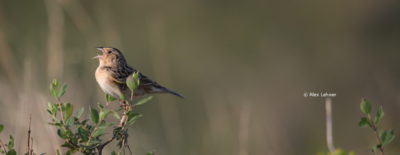
Grasshopper Sparrow
This small and elusive bird spends most of its time running on the ground, rather than flying. In fact the genus, Ammodramus, means “sand runner”. Like most species of North American grassland birds, they have substantially declined throughout their range over the last 50 years. These declines are likely tied directly to grassland loss through agricultural conversion and intensification, including on their migration and wintering grounds.
Learn more »





